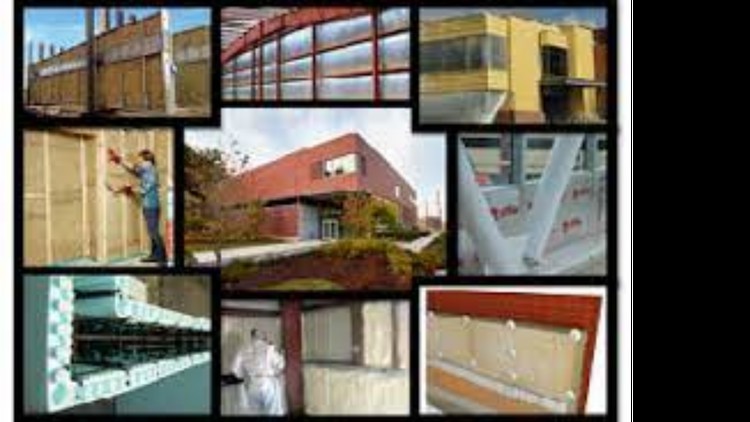
BASIC TERMS AND INFORMATIONS OF BUILDING ENVELOPE SYSTEM
What you will learn
DEFINE THE BUILDING ENVELOPE SYSTEM
20 MUNITE
No risks
KNOWING THE BASIC PRINCIPAL OF ENVELOPE SYSTEM
Description
Sustainable construction begins with an efficient building envelope. As the single largest building element, the building envelope or building shell separates the interior of the building from the external environment and includes the roof, walls, windows, glazing, floors and all the joints in between.
The envelope is a complicated and integral entity of a building. However, it is often the most neglected portion of a building. The building envelope must be properly designed, constructed, and maintained to prevent water and air infiltration through the envelope, and prevent moisture condensation within the envelope system(s).
There are two types of building envelope systems: dual stage and single stage. A dual-stage system includes a primary barrier with a secondary waterproofing system. An example of a dual-stage system is a brick masonry veneer wall. The brick veneer is the primary barrier, but because water readily migrates through masonry, a secondary waterproofing membrane and flashing system are provided to capture and divert water back to the exterior. If weep holes (openings in the masonry to allow water to drain) are covered with sealant, water can back up in the cavity behind the brick, potentially causing more problems.
A high-performance envelope must meet the project’s requirements for acoustic, thermal, structural, visual, air-quality, fire-resistant, watertight, temperature-control and aesthetic needs. Along with this great responsibility, the building envelope presents great opportunities to enhance sustainability and reduce long-term costs of buildings throughout their life.
The main objectif of the course is to understand the basic principles of building envelope systems relative to fundamental performance: aesthetics; moisture transfer; durability energy and material resources.